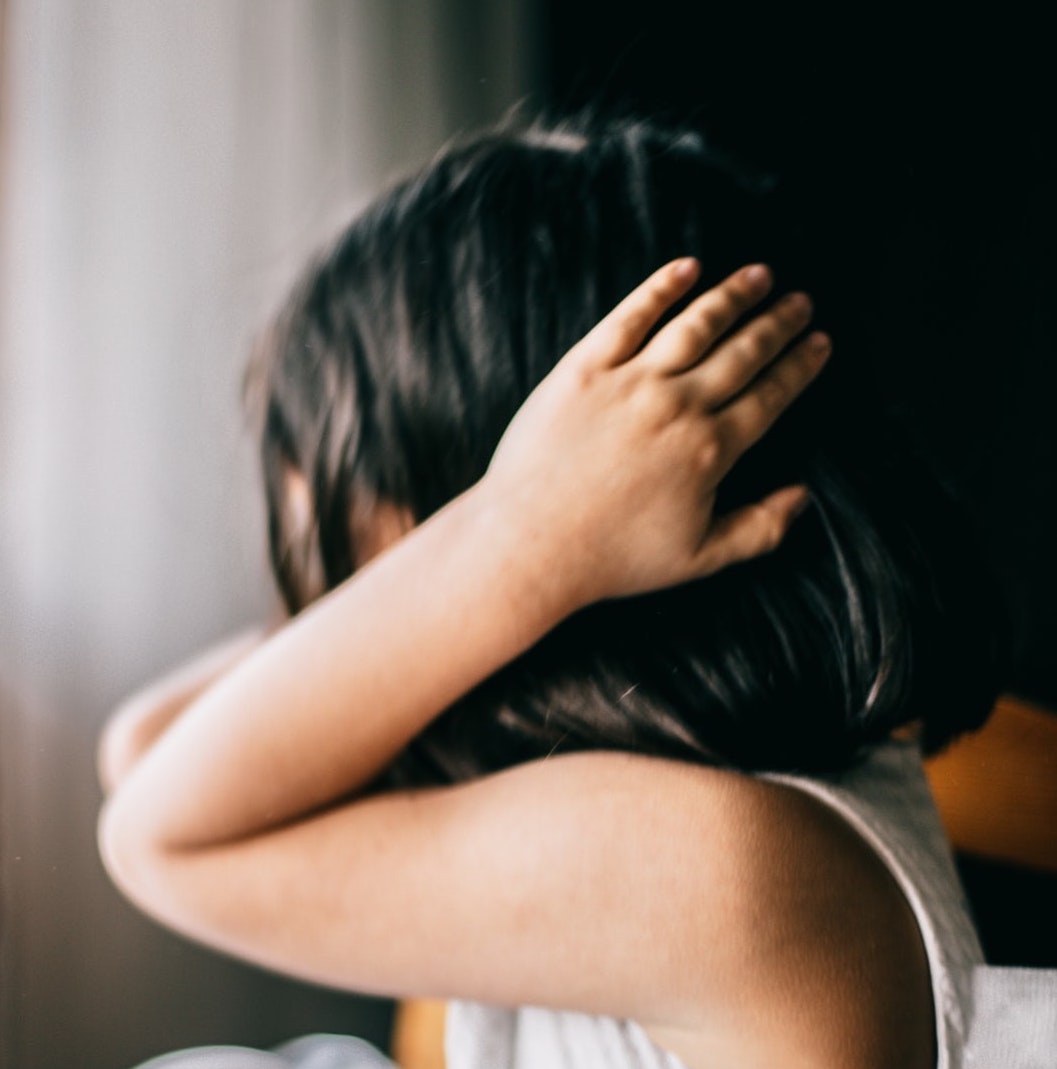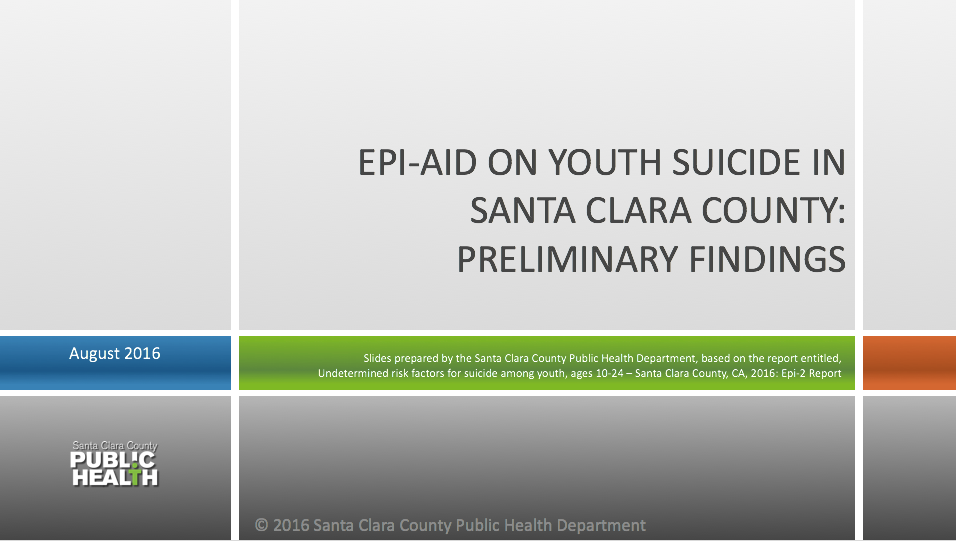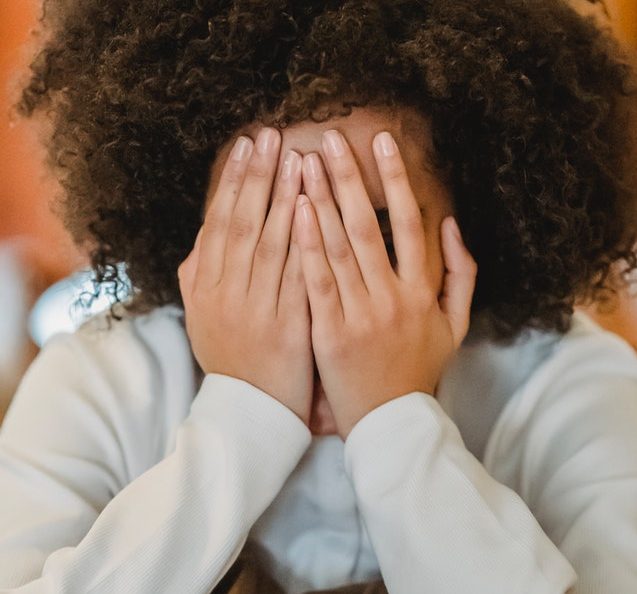 The first day of school. The first time at the pool. A surprise meeting with a gigantic dog.
The first day of school. The first time at the pool. A surprise meeting with a gigantic dog.
Plenty of situations make kids feel nervous and uncomfortable. But how do parents know when a child is suffering from anxiety that requires professional attention? Here’s how to tell the difference and get your child the care he needs.
When children’s anxiety is normal
Some degree of anxiety in youngsters is appropriate rather than alarming. “It’s normal for children to have fears that come and go throughout their life,” says Tamar Chansky, PhD, psychologist and author of Freeing Your Child from Anxiety (2014). “Typically what happens is a child encounters a new situation and they need some time to learn about it, to work with it and get used to it.”
Sometimes anxiety is useful: It can help both children and adults navigate dangerous scenarios. “Feeling anxious or worried is necessary to be a human being. If you didn’t feel anxious when you got to the edge of the cliff, your family line would die out right then,” says Deborah Gilboa, MD, a pediatrician and child development expert.
Typical Fears By Age |
|
|---|---|
| Infants and toddlers | Separation from caregivers, strangers, loud noises |
| 2-3 yrs | Animals, darkness, thunder and lightning, fire, water |
| 4-5 | Bugs, getting lost, monsters, death |
| 5-7 | Germs/illness, natural disasters, school |
| 7-12 | Performance anxiety, social situations, burglars and kidnappers, war |
When parents should be concerned about anxiety
Experts note two red flags of clinical anxiety: avoidance and extreme distress.
Childhood anxiety disorders are divided into several types, including generalized, separation, social, and specific phobias, according to the Anxiety and Depression Association of America. Though different disorders may manifest in different ways, here are a few of the most common symptoms:
- Avoidance of specific activities, situations or people
- A tendency to worry about what can go wrong in any scenario
- Worries or fears that interfere with normal daily activities
- Persistent distress despite an adult’s reassurances
- Trouble sleeping at night or insisting on sleeping with parents
- Physical symptoms, such as headaches or stomach pain, that don’t stem from other medical conditions.
Fortunately, most children diagnosed with anxiety disorders will outgrow them, provided they live in supportive environments and get appropriate treatment.
What not to do when a child is anxious
At one time or another, every parent has made a well-meaning mistake that made things worse. For instance, you may be quick to dismiss a youngster’s emotions or label them “wrong,” Gilboa says. “We’re so used to guiding our kids’ behavior that we try to guide their feelings as well,” she says. “It never works.”
If left undiagnosed and untreated, a child with an anxiety disorder is at increased risk of engaging in dangerous behaviors, such as self-harm, substance abuse and bullying. “They develop negative coping strategies,” Gilboa says.
How to address kids’ anxiety
The first step is to acknowledge your child’s condition so you can learn more about it. “Whatever struggles our kids face, we want them to develop positive coping strategies,” Gilboa says. “Naming the problem makes that easier.”
Typically, it takes a professional to name the problem. That could mean a school psychologist, pediatrician or therapist.
Excerpted from “Kids and Anxiety: What’s Normal and When to Seek Help” from Aetna. Read the full article online for additional details.
Source: Aetna | Kids and Anxiety: What’s Normal and When to Seek Help, https://www.aetna.com/health-guide/kids-anxiety-whats-normal-seek-help.html | ©2021 Aetna Inc.
If you have concerns about your child, CHC Care Coordinators can arrange a free 30-minute consultation so you can explore options with an expert. We invite you to call or email us at 650.688.3625 or careteam@testing.chconline.org to set up an initial Parent Consultation appointment. CHC teletherapy services are available now.
This resource is filed under:





